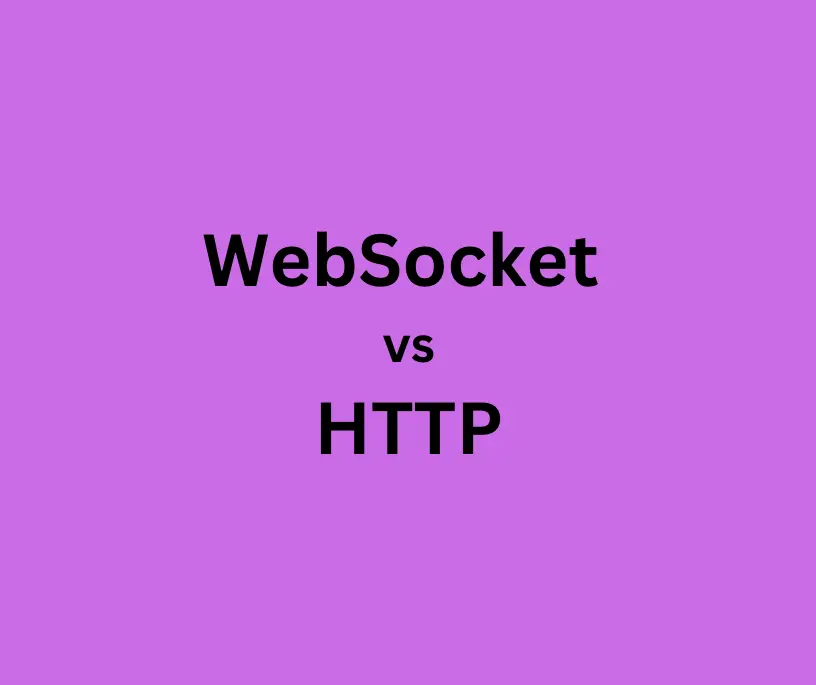· 2 min read
Websocket vs HTTP
WebSocket and HTTP are both protocols used for transferring data over the web, but they are used for different purposes and have some significant differences.

WebSocket and HTTP are both protocols used for transferring data over the web, but they are used for different purposes and have some significant differences.
HTTP (Hypertext Transfer Protocol) is a stateless, request-response protocol that is the foundation of the web. HTTP does not keep the connection open. It is used for retrieving and sending data to and from servers, and is the primary protocol used for transmitting web pages and other content over the internet. HTTP is a request-response protocol, meaning that a client sends a request to the server and the server returns a response. Each request-response pair is independent and stands alone, with no context or connection to previous interactions.
WebSocket, on the other hand, is a full-duplex, persistent connection protocol that enables real-time communication between the client and server. It is designed to allow two-way communication between client and server, with low latency and high efficiency. WebSocket uses a single connection to transmit data in both directions, and allows for full-duplex communication between client and server. This makes it ideal for applications that require real-time data transfer, such as online gaming, chat apps, and collaborative document editing.
In summary, HTTP is a request-response protocol that is used for retrieving and sending data to and from servers, while WebSocket is a full-duplex, persistent connection protocol that enables real-time communication between client and server.